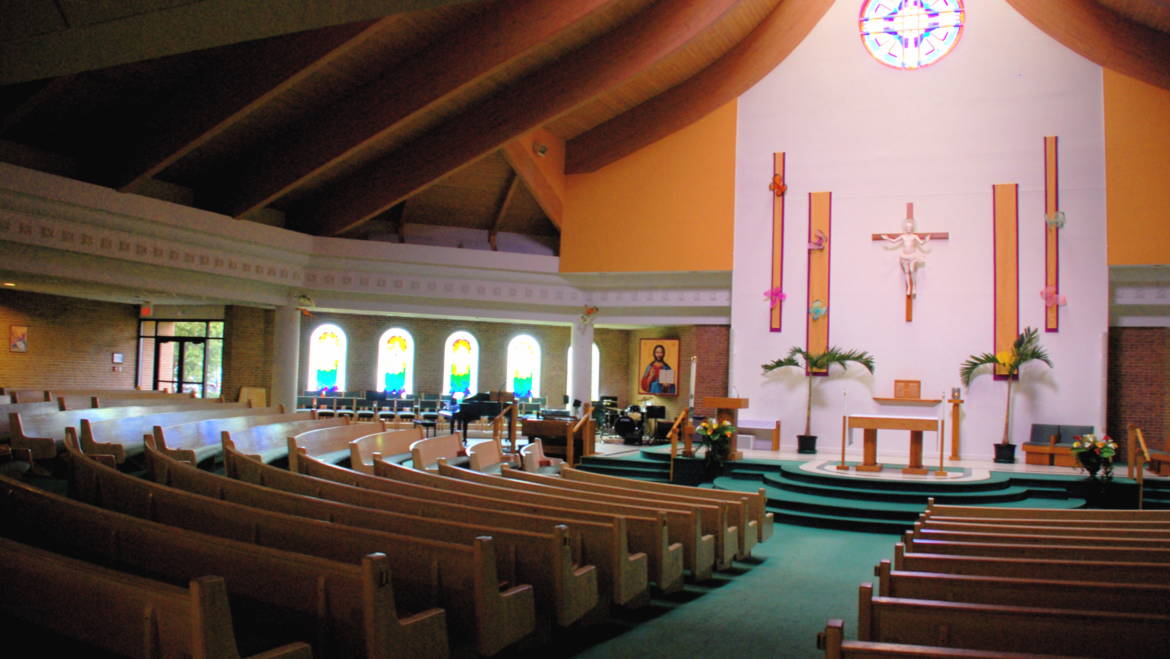It’s no secret that the Catholic Church in the Western world has experienced a tremendous drop in practicing members over the past 50 years. More troubling—and not unrelated—is the fact that the desire to gain more members via evangelization has declined even more tremendously. In the 60’s and 70’s, evangelization was ridiculed in many parts of the Church, and now we have the almost-empty, graying parishes to prove it.
In response to this sad situation, Pope John Paul II in the early 1980’s promoted what he called the “New Evangelization.” The late pope hoped to reinvigorate the Church with a missionary zeal. What made this evangelization “new” was the focus of this zeal, which would not be non-Christian territories, but rather fallen-away Catholics. It would be an attempt to evangelize the baptized—something that had never happened in the past, for it had never been needed.
Since that initial call, a myriad of activities and programs have popped up under the umbrella term “New Evangelization.” Essentially, any activity with the intention of bringing people back to the Church was tagged with the New Evangelization title, no matter how useful—or Catholic—it was. Some of these programs have been solidly Catholic, but many have simply aped non-Catholic programs behind a Catholic façade. Instead of referring to the target of our evangelization efforts, the “new” in “New Evangelization” has often meant “no longer Catholic.”

